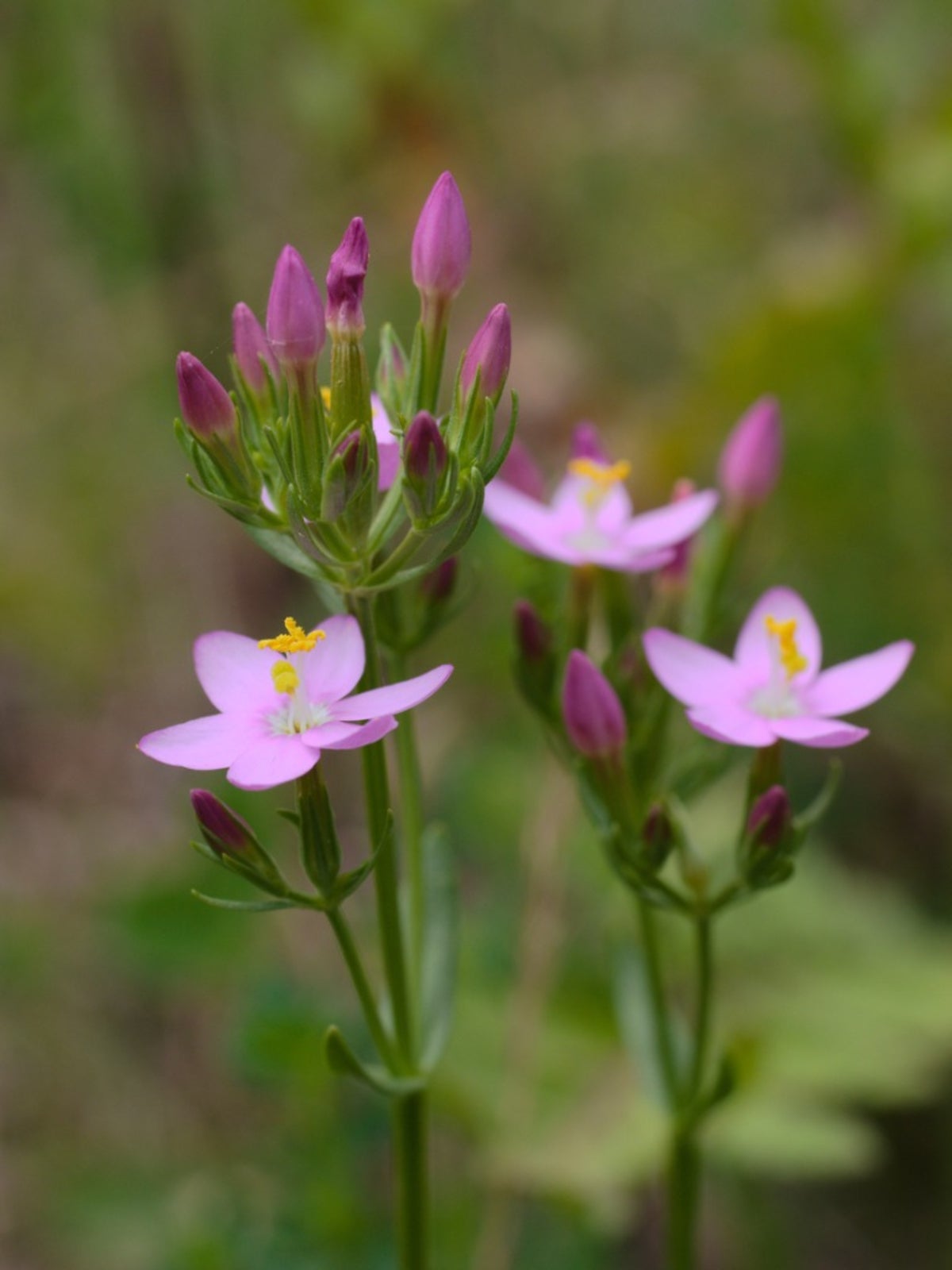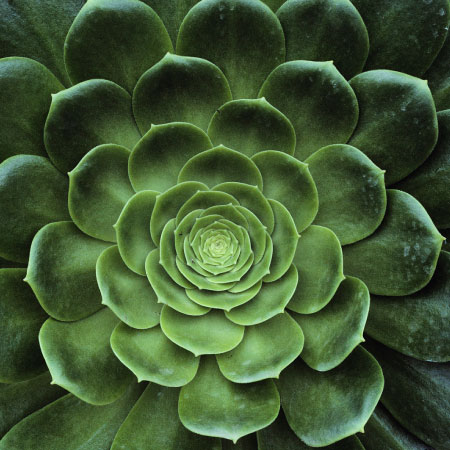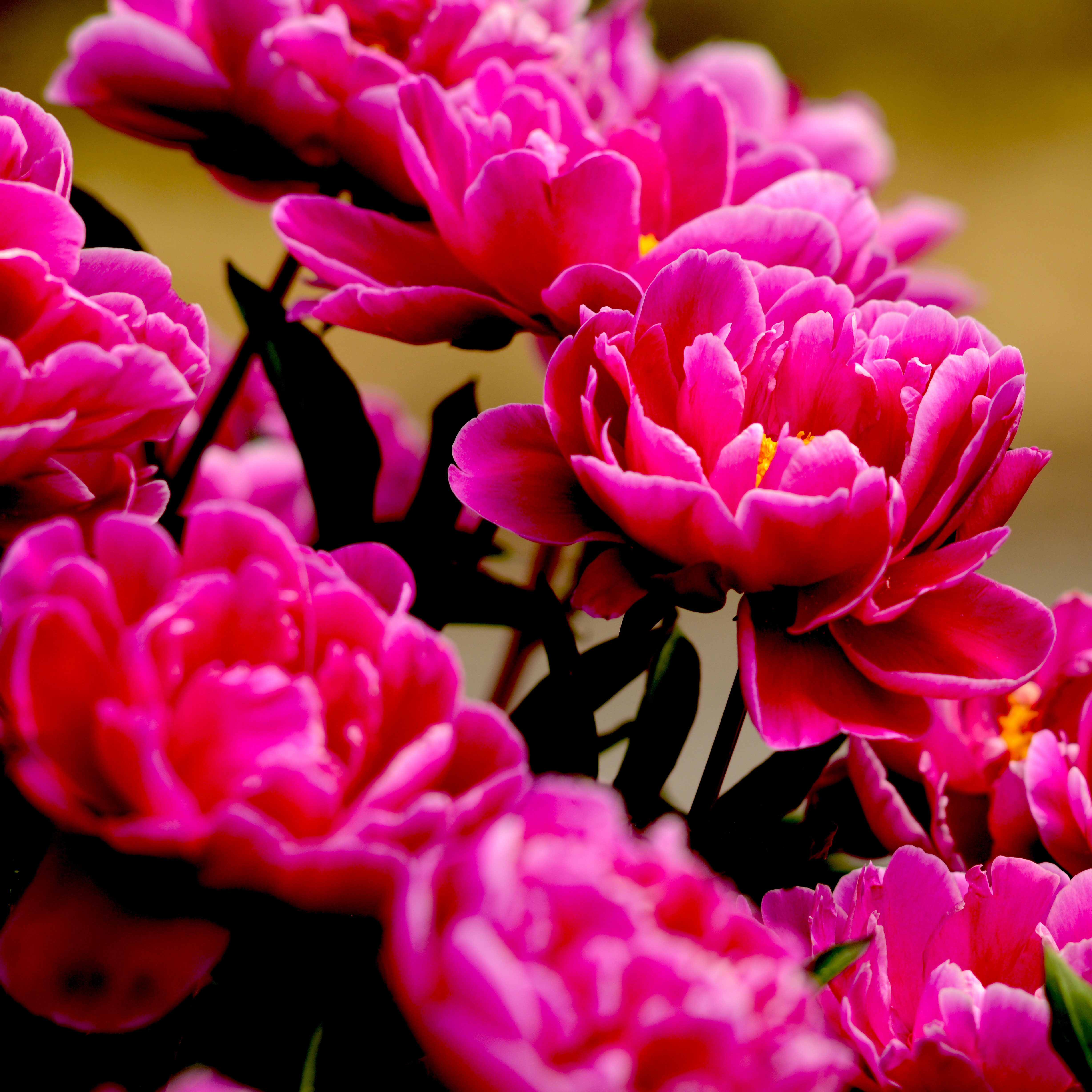Centaury Plant Info: Learn About Growing Centaury Plants


What is a centaury plant? Common centaury flower is a lovely little wildflower native to North Africa and Europe. It has become naturalized across much of the United States, especially in the western United States. Keep reading for more centaury plant info and see if this wildflower plant is for you.
Centaury Plant Description
Also known as mountain pink, common centaury flower is a low-growing annual that reaches heights of 6 to 12 inches (15 to 30.5 cm.). Centaury plant (Centaurium erythraea) consists of lance-shaped leaves on erect stems growing from small, basal rosettes. Clusters of petite, five-petaled, summer-blooming flowers are pinkish-lavender with prominent, salmon-yellow stamens. Flowers close at midday on sunny days. This hardy mountain wildflower is suitable for growing in USDA plant hardiness zones 1 through 9. Keep in mind, however, that this non-native plant can be rambunctious and may become aggressive in some areas.
Growing Centaury Plants
Centaury flower plants perform best in partial shade and light, sandy, well-drained soil. Avoid rich, wet soil. Centaury plants are easy to grow by planting seeds after all danger of frost has passed in spring. In warm climates, seeds can be planted in fall or early spring. Just sprinkle the seeds on the surface of the prepared soil, then cover the seeds very lightly. Watch for seeds to germinate within nine weeks, then thin the seedlings to a distance of 8 to 12 inches (20.5 to 30.5 cm.) to prevent overcrowding and disease. Keep the soil lightly moist, but never soggy, until the plants are established. Thereafter, centaury flower plants require little care. Water deeply when the soil is dry, but never allow the soil to remain soggy. Remove flowers as soon as they wilt to control unrestrained reseeding. And that’s it! As you can see, growing centaury plants is easy and the blooms will add another level of beauty to the woodland or wildflower garden.
Gardening tips, videos, info and more delivered right to your inbox!
Sign up for the Gardening Know How newsletter today and receive a free copy of our e-book "How to Grow Delicious Tomatoes".

A Credentialed Garden Writer, Mary H. Dyer was with Gardening Know How in the very beginning, publishing articles as early as 2007.
-
 Never Plant Seedlings Until They Pass These 3 Simple Tests
Never Plant Seedlings Until They Pass These 3 Simple TestsDon't be over-eager to transplant seedlings into the garden before they are ready. These quick and easy checks will help ensure flourishing plants.
By Mary Ellen Ellis
-
 Grow ‘Karl Rosenfield’ Peony Plants For The Ultimate Frilly Border Beauties And Cut Flowers
Grow ‘Karl Rosenfield’ Peony Plants For The Ultimate Frilly Border Beauties And Cut FlowersFor frilly double magenta peony petals infused with a heady fragrance, grow ‘Karl Rosenfield’ peony plants. Here’s how to cultivate the ultimate plushy blooms
By Tonya Barnett